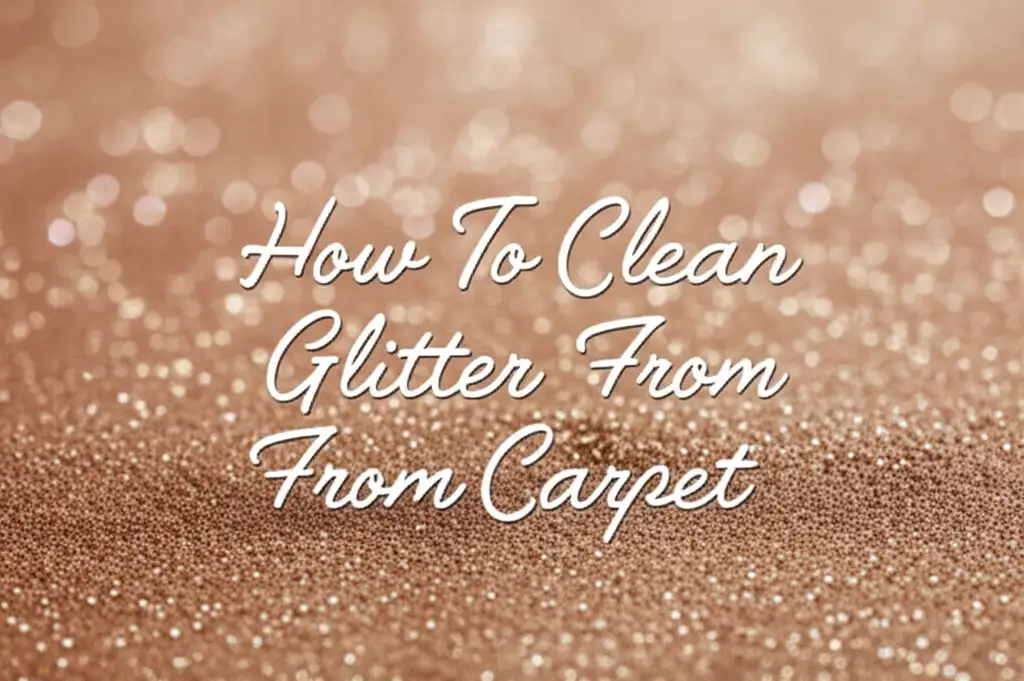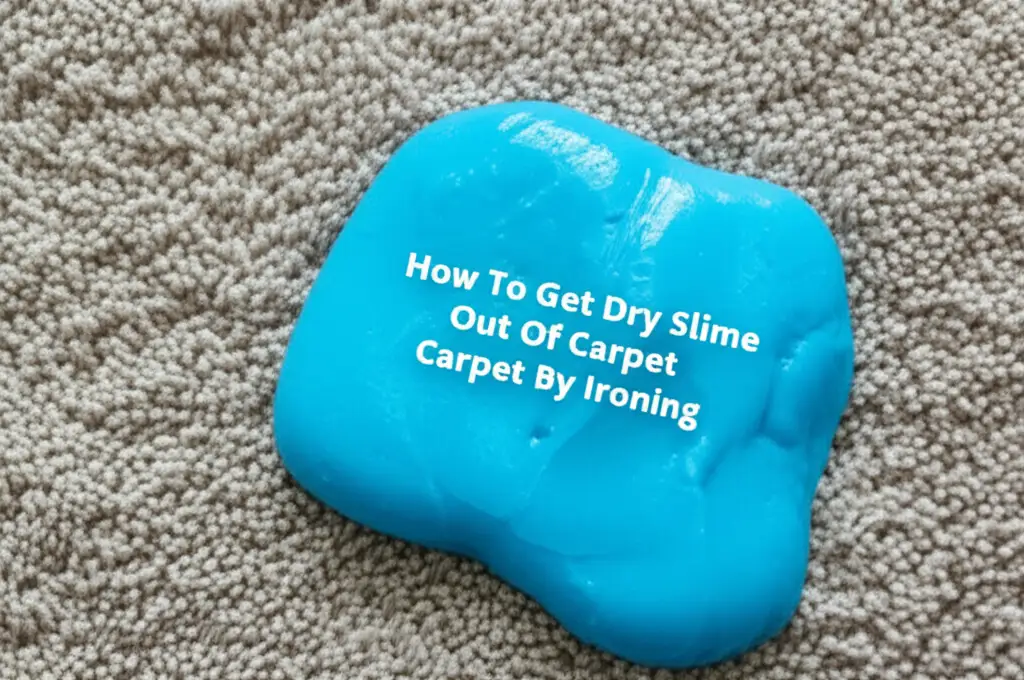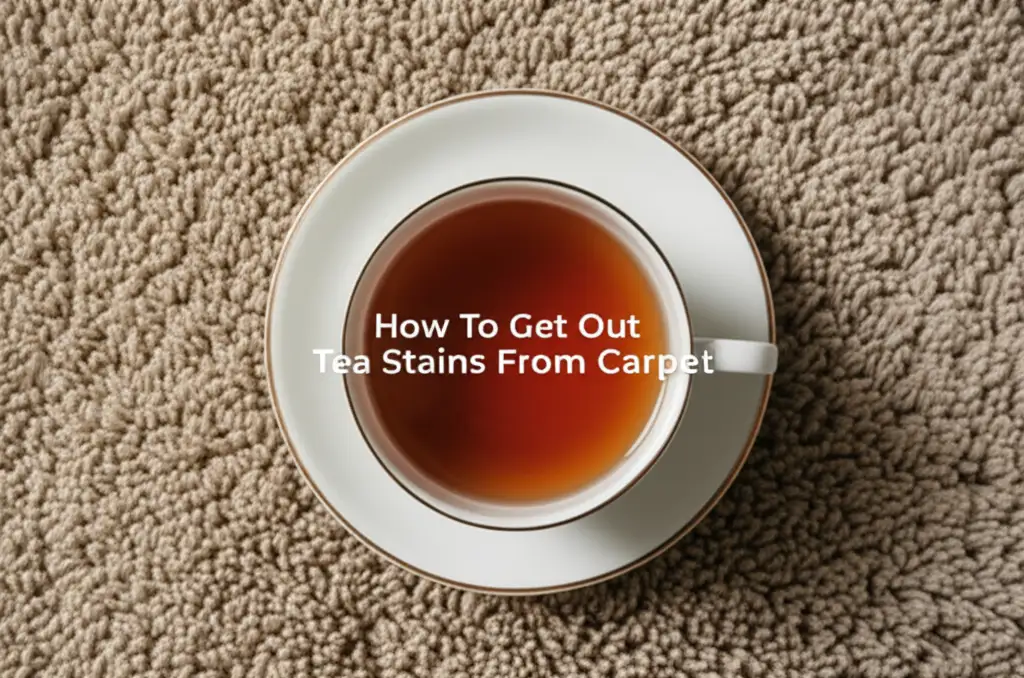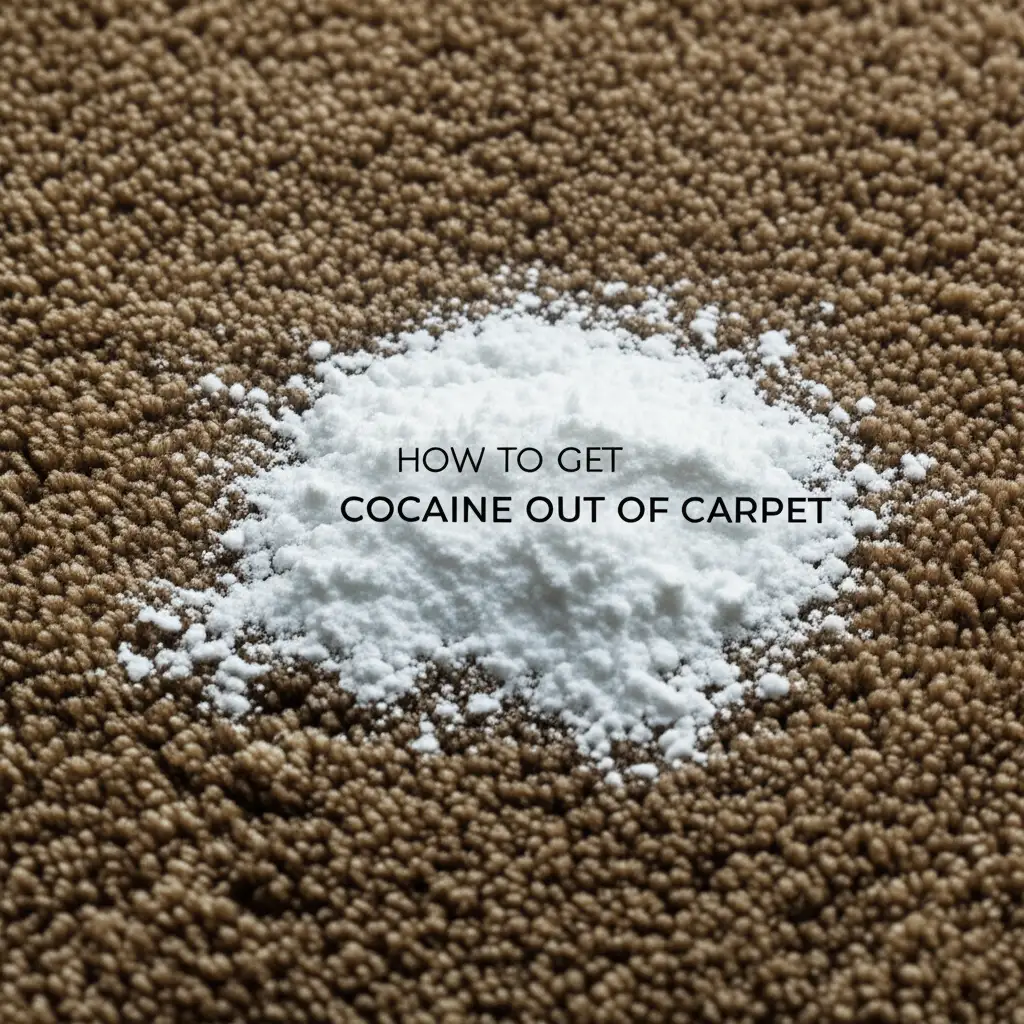· Elira Thomsen · Home Cleaning · 19 min read
How To Clean Cheese Out Of Carpet
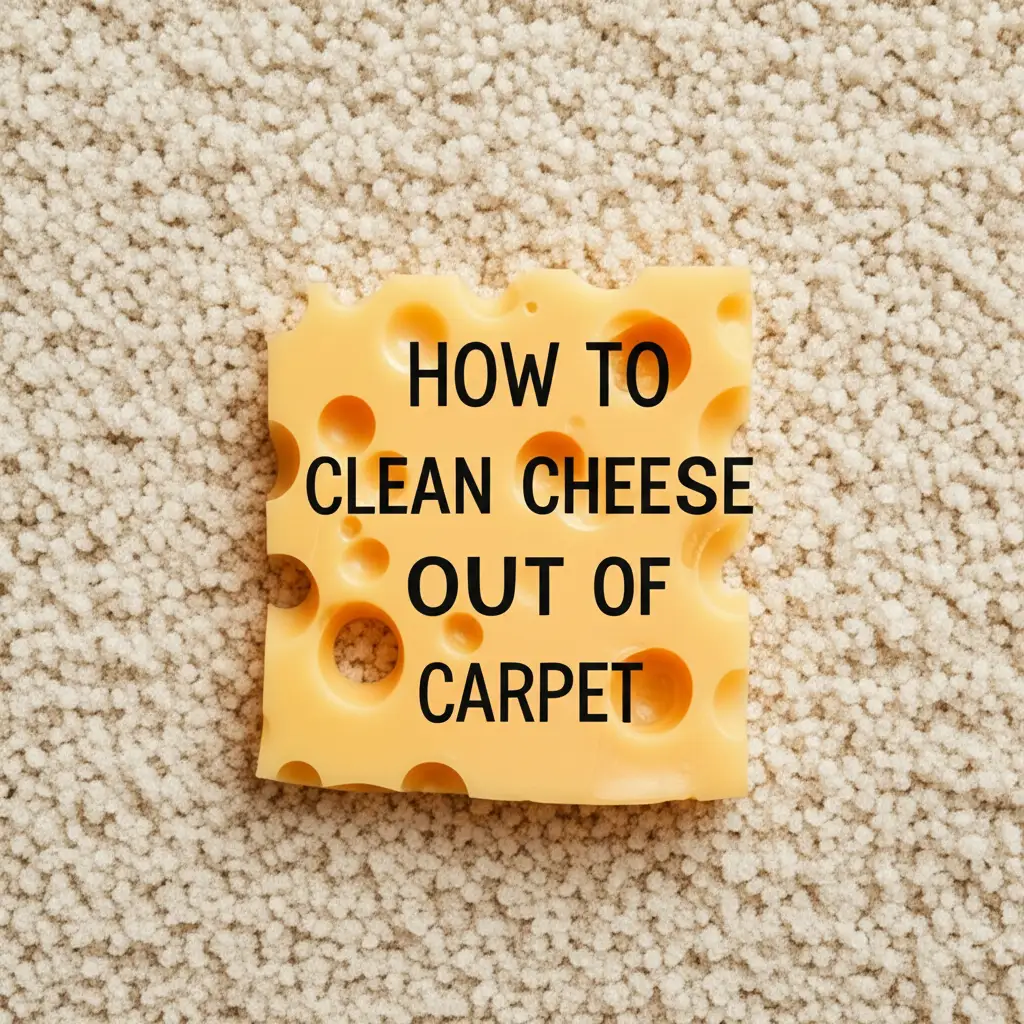
Get Cheese Stains Out of Your Carpet
A spilled snack can turn into a big problem fast. Cheese, with its sticky nature, often leaves a greasy mark on your beloved carpet. I know the frustration of seeing that cheesy mess. It feels like a permanent spot, ruining the look of your room. But don’t worry. This article helps you clean cheese out of carpet. We will look at effective ways to remove both fresh and dried cheese stains. You will learn about the right tools and steps. We will also share tips for different carpet types. By the end, you will have the knowledge to make your carpet clean again.
Takeaway
- Act fast to remove fresh cheese.
- Scrape off solids before cleaning.
- Use gentle cleaning solutions.
- Blot, do not rub, the stain.
- Test solutions in a hidden area first.
To clean cheese out of carpet, first scrape off any solid pieces. Then, blot the area with a damp cloth and a mild cleaning solution, such as dish soap and water. Rinse the spot with a clean, wet cloth. Finally, blot dry. This helps lift the grease and prevent the stain from setting deeper.
Act Quickly: Fresh Cheese Spills
A fresh cheese spill gives you the best chance to prevent a lasting stain. Speed is very important here. The longer cheese sits, the more it sticks and dries into the carpet fibers. This makes cleaning harder later. I always tell people to tackle the mess right away. Quick action helps keep the cheese from bonding with the carpet.
First, gather the right tools. You will need a blunt knife or a spoon. A clean white cloth or paper towels are also useful. You will also need a simple cleaning solution, which we will discuss soon. Having these items ready saves time when an accident happens. This makes the cleaning process smoother.
Scraping Fresh Cheese
Start by carefully scraping the cheese off the carpet. Use a blunt knife or the edge of a spoon. Do not press hard. You want to lift the cheese, not push it deeper into the fibers. Work from the outside of the spill towards the center. This stops the cheese from spreading further. Collect all the scraped cheese onto a paper towel. Dispose of it properly. If some cheese is still gooey, use a paper towel to gently pick it up. Do not rub the area. Rubbing pushes the cheese into the carpet. This spreads the grease. You only want to lift the cheese.
Blotting the Area
After scraping, you might see a greasy spot. This is normal. Take a clean white cloth. Dampen it with cool water. Gently blot the area. Blotting helps lift more residue. It also prepares the carpet for the cleaning solution. Remember, always blot, never rub. Rubbing can damage carpet fibers. It can also make the stain bigger. Keep blotting with clean parts of the cloth until no more cheese residue transfers. This step is crucial for overall stain removal. It helps in effectively cleaning various carpet stains, similar to how one might clean carpet stains from pets.
Tackling Dried and Stubborn Cheese Stains
Sometimes, you do not see the cheese spill right away. It dries and becomes hard. Dried cheese stains are more challenging than fresh ones. They need a different approach. The cheese sticks firmly to the carpet fibers. This makes it harder to remove. But with the right steps, you can still get rid of these stubborn spots. Do not feel discouraged if you find an old stain. We can deal with it.
You will need a few specific items for dried cheese. An ice pack or a bag of ice is helpful. A stiff brush or a butter knife will also be useful. A vacuum cleaner is a must for this part of the job. Having these tools ready helps in breaking down the dried cheese. This makes the stain easier to remove later.
Using the Ice Method
For dried cheese, apply ice. Place an ice pack or a bag of ice on the cheese stain. Let it sit for about 10-15 minutes. The cold makes the cheese brittle. This makes it easier to break apart. It freezes the sticky parts, allowing you to lift them. This method works well for things that gum up, like chewing gum. Once the cheese is frozen, it loses its grip on the carpet fibers. This step is key for breaking down old, stuck-on cheese.
Scraping Dried Bits
After freezing, the cheese becomes hard and crumbly. Use a stiff brush or a butter knife. Gently chip away at the frozen cheese. The goal is to break it into small pieces. These pieces will lift off the carpet. Be careful not to damage the carpet fibers. Work slowly and patiently. As you chip, collect the small cheese bits. Put them on a paper towel. This prevents them from scattering and making a new mess. Continue until you have removed as much dried cheese as possible. You want the carpet surface to feel mostly clear of solid pieces.
Vacuuming the Area
Once you have scraped off the dried cheese, use a vacuum cleaner. Vacuum the entire area thoroughly. This picks up any small crumbs or residue left behind. Even tiny bits can attract dirt later. Vacuuming ensures you get all the loose material. It also helps to fluff up the carpet fibers again. Make several passes over the spot. A strong vacuum helps pull out particles deep in the carpet. This step prepares the area for the actual cleaning solution. It helps remove any lingering dry cheese particles, much like how a thorough vacuum can help clean up a coffee spill from a carpet. Learn more about effective stain removal techniques, such as how to get coffee spill out of carpet.
Effective Cleaning Solutions for Cheese Stains
After removing the solid cheese, you will still have a greasy stain. This grease needs a cleaning solution to break it down. Many household items work well for this. I always suggest starting with gentle options first. Strong chemicals can harm your carpet or leave residues. Testing any solution in a hidden spot is very important. This ensures it will not cause discoloration.
You will need a spray bottle for some solutions. Clean cloths are essential for blotting. Make sure to have plenty on hand. A small bowl for mixing solutions is also helpful. Always use cool water for cleaning. Hot water can set stains, especially greasy ones.
Dish Soap Solution
A simple dish soap solution is often the best choice for grease. Dish soap is good at breaking down oils. Mix one teaspoon of mild dish soap with two cups of cool water. Stir it gently. Do not create too many suds. You can put this mixture into a spray bottle. Lightly spray the stained area. Do not soak the carpet. Or, you can dampen a clean cloth with the solution. Gently blot the stain. Work from the outside edge toward the center. This keeps the stain from spreading. Repeat the blotting action until the stain lifts. Then, use a clean cloth dampened with plain water to rinse the spot. This removes soap residue. This method is effective for many carpet stains, similar to how one might clean a rug by hand.
Vinegar Solution
White vinegar is another powerful, natural cleaner. It helps cut through grease and remove odors. Mix one part white vinegar with one part cool water. For example, use half a cup of vinegar and half a cup of water. Put this mixture into a spray bottle. Lightly mist the cheese stain. Let the solution sit for about 5-10 minutes. Vinegar helps break down the fats in the cheese. After it sits, blot the area with a clean cloth. The vinegar smell will go away as it dries. You might need to rinse the area with plain water. Then blot it dry. Vinegar is a common ingredient in many home cleaning solutions, even for specific stains like beer in carpet. You can learn more about its uses in articles like can vinegar take out beer in carpet.
Enzyme Cleaners
For tough or old cheese stains, enzyme cleaners can be very effective. These cleaners use special enzymes to break down organic matter. Cheese, being organic, responds well to them. You can buy enzyme cleaners at most pet stores or cleaning supply stores. Always follow the product instructions carefully. Each brand may have slightly different directions. Typically, you spray the cleaner on the stain. You let it sit for a specific time. Then you blot it away. Enzyme cleaners are good for protein-based stains. They break down the stain at a molecular level. This removes the stain and any lingering odors. These are often used for strong biological stains that could be encountered when understanding how carpet cleaning works.
Step-by-Step Cheese Stain Removal Process
Removing a cheese stain requires a clear set of steps. Following a process helps ensure you clean the spot completely. It also helps prevent damage to your carpet. I always advise a systematic approach. This way, you do not miss any crucial parts of the cleaning. Each step builds on the last one. This leads to a clean, fresh carpet.
You will need all the tools and solutions we talked about earlier. This includes scraping tools, clean cloths, your chosen cleaning solution, and water for rinsing. Having everything ready before you start saves time. It makes the job easier and more effective.
Preparation for Cleaning
Before applying any cleaner, prepare the area. First, put on gloves if you wish. This protects your hands. Ensure the room is well-ventilated, especially if using a strong cleaner. If you have not done so already, scrape or pick up any solid cheese pieces. Use a blunt knife or spoon for fresh cheese. Use ice and a brush for dried cheese. Vacuum up any small bits. Test your cleaning solution in a hidden area of the carpet. A closet corner or under a piece of furniture works well. Apply a small amount of the solution. Wait about 10-15 minutes. Check for any color changes or damage. If the carpet looks fine, you can proceed.
Applying the Solution
Once prepared, apply your chosen cleaning solution. For dish soap or vinegar solutions, use a spray bottle or a damp cloth. Lightly mist the stain. Do not oversaturate the carpet. For enzyme cleaners, follow the product instructions. Blot the stain with a clean, white cloth. Start from the outside edge and work inward. This prevents the stain from spreading. Use a fresh section of the cloth as it picks up cheese residue. Continue blotting until the stain appears to lift. You will see less cheese transfer to your cloth. Be patient. This part might take some time and effort. Apply more solution if needed, but in small amounts.
Rinsing the Area
After the stain is gone, you must rinse the area. This removes any cleaning solution residue. If you leave soap behind, it can attract new dirt. Dampen a clean cloth with plain, cool water. Blot the cleaned spot thoroughly. You are trying to transfer the cleaner from the carpet to the cloth. Rinse the cloth often. Use fresh water each time. Continue blotting until no more suds or residue appear on the cloth. This step is as important as the cleaning itself. A well-rinsed spot will stay clean longer.
Drying the Carpet
Finally, you must dry the carpet properly. Leftover moisture can cause mildew or odor. Place several clean, dry towels over the damp spot. Press down firmly. You can stand on the towels or place a heavy object on them. This helps absorb more moisture. Change the towels if they become very wet. Once most of the water is out, let the area air dry completely. Open windows or use a fan to speed up drying. Avoid walking on the damp spot. Once dry, you can vacuum the carpet again. This helps restore the carpet’s texture. A clean and dry carpet is less likely to face future problems, just like understanding the steps to keep a clean bedroom ensures overall tidiness.
Special Considerations for Different Carpet Types
Not all carpets are the same. Their materials vary greatly. This means different carpets need different care. What works well on a synthetic carpet might harm a natural fiber one. It is important to know your carpet type before you start cleaning. This helps prevent damage and ensures effective stain removal. I always tell people to check their carpet’s care tag. This tag gives specific cleaning instructions.
You should always be gentle, no matter the carpet type. Harsh scrubbing can fray fibers. Strong chemicals can remove color. Being aware of your carpet’s material helps you choose the right tools and solutions. This leads to a safer and more successful cleaning job.
Wool Versus Synthetic Carpets
Wool carpets are natural fibers. They are soft and durable. However, they are also more sensitive to certain cleaners. Bleach or strong alkaline solutions can damage wool. They can cause shrinkage or color loss. When cleaning wool, use mild, pH-neutral cleaners. Dish soap and water are usually safe. Vinegar can be used, but dilute it well. Always test on a hidden spot first. Wool absorbs water more easily. This means it dries slower. Ensure good ventilation to prevent mildew.
Synthetic carpets, like nylon or polypropylene, are more forgiving. They resist stains better. They are also more durable. Most common household cleaners work fine on synthetic fibers. You can be a bit more liberal with your cleaning solutions. However, still avoid harsh chemicals like bleach unless specifically stated by the manufacturer. Synthetic carpets dry faster. This makes them easier to clean at home. Specific instructions for synthetic carpets can sometimes be found, such as guidance on how to clean Beaulieu Fine Spun carpet.
Delicate Carpets and Area Rugs
Some carpets are very delicate. This includes silk, viscose, or antique rugs. These materials are prone to damage. They can shrink, bleed colors, or lose their texture easily. For these types, spot cleaning is risky. I strongly advise against using water-based solutions. Water can cause permanent damage to delicate fibers. You might need to use a dry cleaning powder designed for these specific materials.
Area rugs often have special backing or dyes. Always check their care tags. Some area rugs are best cleaned by professionals. If you have any doubt, do not try to clean it yourself. A professional cleaner has the right tools and knowledge. They can clean delicate items without causing damage. It is better to be safe than sorry when dealing with valuable or delicate items.
When to Call a Professional Carpet Cleaner
While DIY methods work for many cheese stains, some situations need a professional touch. Knowing when to call an expert saves you time and prevents potential damage to your carpet. I often tell people to consider a professional for large, old, or stubborn stains. Professionals have powerful equipment and specialized cleaners. They also understand different carpet types well.
Do not feel bad about seeking help. Sometimes, a job is too big or too risky for a home cleaner. A professional can assess the stain. They can recommend the best cleaning method. They also guarantee their work, giving you peace of mind.
Large and Widespread Stains
A small cheese spot is manageable. A large area covered in cheese is another story. If a big piece of cheese melts and spreads widely, it can soak deep into the carpet padding. Home cleaning methods might not reach these deep layers. This can leave a lingering odor or a faint stain. Professional cleaners use high-powered extraction machines. These machines can rinse and vacuum water deep within the carpet. They remove all the residue. This ensures a thorough clean. It prevents future problems like mildew growth from hidden moisture.
Old and Set-In Stains
Dried cheese that has been there for days or weeks is very hard to remove. The grease and proteins bond with the carpet fibers. They become very stubborn. Standard cleaning solutions might not be strong enough. Trying too hard can also damage your carpet. Professionals have stronger, yet safe, cleaning agents. They also use heat and specific techniques to break down old stains. They can lift out stains that seem permanent. They know how to handle different types of set-in stains, including very tough ones.
Delicate or Expensive Carpets
If you have a valuable or delicate carpet, hiring a professional is a wise choice. Materials like silk, antique wool, or handmade rugs need special care. A wrong cleaning solution or too much water can cause irreversible damage. This includes shrinkage, dye bleeding, or texture changes. Professional carpet cleaners are trained for these specific materials. They use specialized methods to protect the carpet while cleaning it. They have the experience to clean without causing harm. It is a small investment to protect a valuable item.
Preventing Future Cheese Accidents
Cleaning up cheese from carpet can be a chore. The best way to deal with cheese stains is to prevent them. A little planning goes a long way. I always tell people that prevention is simpler than cleaning. Taking a few extra steps can save you time and effort later. These habits also help keep your home cleaner overall.
Thinking about where and how you eat snacks can make a big difference. Setting up clear rules for food consumption helps. Protecting your carpet can also reduce the risk. These tips make your life easier and your carpet cleaner.
Eating Habits and Rules
Think about where people eat cheese. Do not allow eating over the carpeted areas. Designate a specific spot for snacks, like the kitchen or dining table. Use a hard surface. This makes cleanup easy if anything spills. If someone must eat on the carpet, use a tray. A tray with raised edges can catch crumbs and spills. This acts as a barrier between the food and your carpet. Teach children these rules. It helps them learn good habits. Everyone in the home should follow these guidelines.
Avoid carrying open containers of cheese around the house. If you transport a cheese board, cover it or use a sturdy tray. Cheese can easily fall off a plate. Be extra careful with hot or melted cheese. Hot cheese is stickier and harder to remove once it dries. It can also bond more quickly with carpet fibers. Melted cheese also spreads wider and faster than solid cheese.
Protective Measures
Consider using protective coverings in high-traffic areas. This is especially true where food is often consumed. Area rugs or runners can shield your main carpet. If cheese spills, it lands on the rug. Area rugs are often easier to clean. Many are washable or can be taken outside. This reduces the risk to your main carpet. Choose rugs that are easy to clean.
You can also use carpet protectors. These sprays create a barrier on the carpet fibers. They make it harder for stains to penetrate. When a spill happens, the liquid beads up on the surface. This gives you more time to blot it away. Reapply these protectors regularly. They wear off over time. Always test carpet protectors in a hidden area first. This ensures they do not change the carpet’s color or texture. A well-protected carpet is less prone to damage from spills and daily use.
FAQ Section
Q1: Can I use hot water to clean cheese stains?
No, do not use hot water on cheese stains. Hot water can cook the proteins and fats in cheese. This makes the stain set deeper into the carpet fibers. Always use cool or lukewarm water for cheese and other protein-based stains. Cool water helps to lift the cheese without cooking it.
Q2: What if the cheese stain has a strong odor after cleaning?
A lingering odor means some cheese residue might still be in the carpet. Try using an enzyme cleaner. These cleaners break down organic matter and remove odors. Baking soda can also help. Sprinkle baking soda over the dry spot. Let it sit for several hours or overnight. Then vacuum it up.
Q3: How do I know if my carpet is colorfast for testing a cleaning solution?
To check if your carpet is colorfast, apply a small amount of your cleaning solution to a hidden area. Use a clean white cloth. Press the cloth onto the wet spot for about 10-15 seconds. If no color transfers onto the cloth, the carpet is likely colorfast.
Q4: Can I use a steam cleaner for cheese stains?
Using a steam cleaner is risky for cheese stains. The heat from the steam can melt and spread the cheese. It can also set the proteins and fats. It is best to avoid steam cleaners for cheese. Stick to cold or cool water cleaning methods.
Q5: What is the most effective homemade solution for cheese stains?
The most effective homemade solution for cheese stains is often a mix of mild dish soap and cool water. Mix one teaspoon of dish soap with two cups of cool water. This solution is good at breaking down the greasy components of cheese. White vinegar and water is another strong option.
Q6: How long does it take for a cheese stain to dry and become difficult to remove?
A cheese stain can start to dry and become difficult to remove within a few hours. The exact time depends on the cheese type and room temperature. Softer cheeses dry slower than hard ones. Acting within minutes is always best for fresh spills.
Conclusion
Spilled cheese on your carpet is not the end of the world. By following these steps, you can effectively clean cheese out of carpet. Remember, acting quickly is key for fresh spills. Use cold water and gentle cleaning solutions. Always blot the stain, never rub. Take care to match your cleaning method to your carpet type. If the stain is large, old, or on a delicate carpet, do not hesitate to call a professional.
Preventing future spills is also very important. Establish eating habits that keep food away from carpeted areas. Use protective measures like trays or area rugs. With a little care and the right knowledge, your carpets can remain clean and fresh. Do not let a cheesy accident ruin your beautiful home. Take action today!


